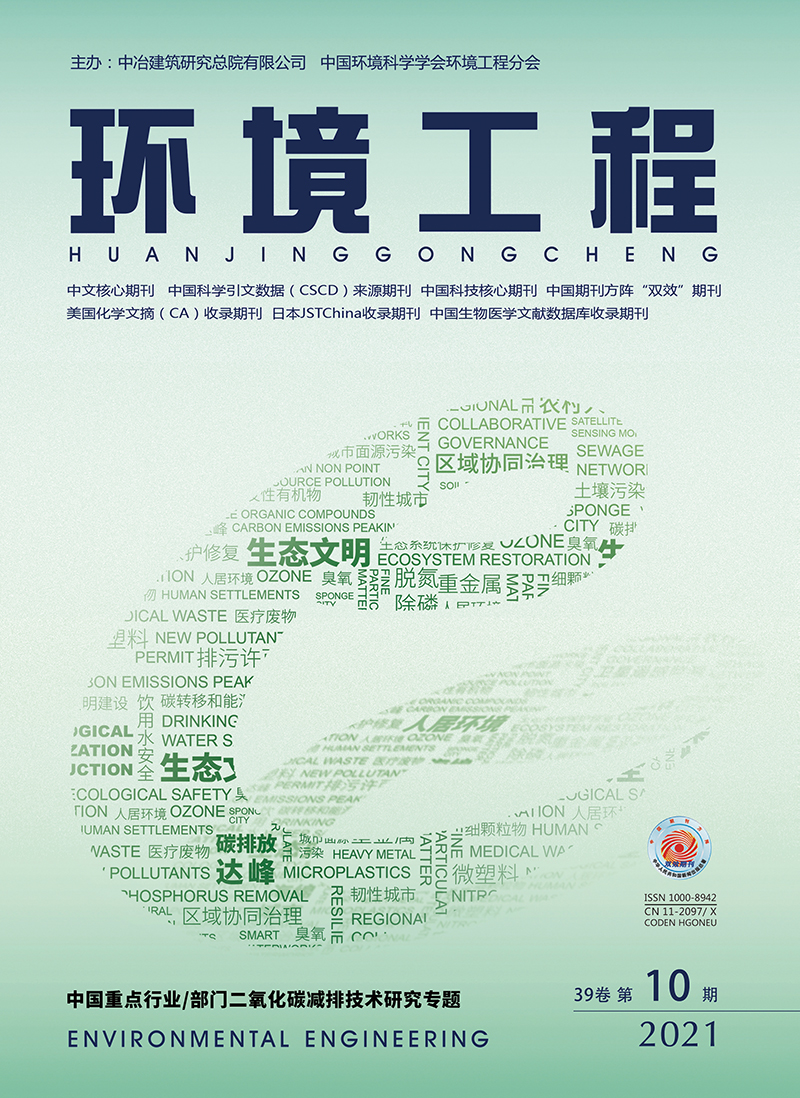| [1] |
张静. 城市生活垃圾运输成本多高?[J]. 环境经济, 2015(8):31.
|
| [2] |
尉薛菲. 中国生活垃圾分类产业的经济学分析[D].北京:中国社会科学院研究生院,2020.
|
| [3] |
NABAVI-PELESARAEI A, BAYAT R, HOSSEINZADEH-BANDBAFHA H, et al. Modeling of energy consumption and environmental life cycle assessment for incineration and landfill systems of municipal solid waste management:a case study in Tehran Metropolis of Iran[J]. Journal of Cleaner Production, 2017, 148:427-440.
|
| [4] |
潘发存. 餐厨垃圾资源化利用产沼气发电的生命周期评价[D]. 南宁:广西大学, 2018.
|
| [5] |
LARSEN A W, VRGOC M, THOMAS C, et al. Diesel consumption in waste collection and transport and its environmental significance[J]. Waste Management Research, 2009, 27(7):652-659.
|
| [6] |
王晨頔. 基于分类的北京城市生活垃圾清运车辆调度与优化研究[D].北京:北京交通大学, 2018.
|
| [7] |
陈美珠,蒋敏,韦彩嫩.广州市生活垃圾转运系统优化研究[J].环境卫生工程,2019,27(6):61-63.
|
| [8] |
常晓英,蓝岚,蔡洪英."无废城市"建设背景下重庆市(主城区)生活垃圾处理现状、问题及建议[J].资源再生,2020(5):33-35.
|
| [9] |
赵子旼.北京市西城区生活垃圾收运现状与对策[J].环境卫生工程,2017,25(6):7-9.
|
| [10] |
项田甜.基于集对分析的居民区生活垃圾源头分类方案比选研究[D].武汉:华中科技大学,2017.
|
| [11] |
谢新源.北京市城市生活垃圾产生量及组分研究[D].北京:北京大学,2008.
|
| [12] |
陈海滨,杨龑,刘彩.基于产生源特性的生活垃圾分类"2+n"模式拓展研究[J].环境卫生工程,2017,25(3):1-3.
|
| [13] |
曹巍.济南市人均生活垃圾产生量分析与预测[J].环境卫生工程,2015,23(4):12-14.
|
| [14] |
汪文俊,宾晓蓓,郭宁,等.率先进行高校生活垃圾分类试点的探讨[J].中国资源综合利用,2012,30(10):31-34.
|
| [15] |
吴文涛,庆承松,彭书传.合肥工业大学校园生活垃圾现状调查与分析[J].合肥工业大学学报(自然科学版),2005,28(11):1424-1426,1435.
|
| [16] |
董晓丹,夏苏湘,李晓勇.上海市松江区生活垃圾物理组分特征调查分析[J].环境卫生工程,2015,23(5):26-28.
|
| [17] |
陶倩倩.上海市商业事业单位生活垃圾分类现状及源头减量潜力研究[J].环境与可持续发展,2018,43(6):62-65.
|
| [18] |
国家环境保护部.环境影响评价报告公示:凌云路农贸菜市场项目环评报告[R].2017.
|
| [19] |
黄昌付.深圳市生活垃圾理化组分的统计学研究[D].武汉:华中科技大学,2012.
|
| [20] |
黄本生,李晓红,王里奥,等.重庆市主城区生活垃圾理化性质分析及处理技术[J].重庆大学学报(自然科学版),2003,26(9):9-13.
|
| [21] |
丁湘蓉,霍维周.聚类分析在生活垃圾分类方法确定中的应用[J].环境与可持续发展,2008(4):55-58.
|
| [22] |
王晓峰. 危险废物理化特性分析及其对废物焚烧的影响[D].上海:同济大学,2006.
|
| [23] |
阚宝鹏. 青岛市城市生活垃圾处理现状、理化特性及处置方式研究[D].青岛:青岛大学,2017.
|
| [24] |
陈倩倩.宁波市不同区分类垃圾理化特性与温室气体排放特征研究[D].杭州:浙江大学,2018.
|
| [25] |
杨娜,邵立明,何晶晶.我国城市生活垃圾组分含水率及其特征分析[J].中国环境科学,2018,38(3):1033-1038.
|
| [26] |
王昭,李振山,冯亚斌,等.北京市生活垃圾转运站耗能和排污特征及其影响因素分析[J].环境科学,2013,34(6):2456-2463.
|
| [27] |
苏州合巨环保技术有限公司.义龙新区闽达废品回收站建设项目环评报告公示[R].2019.
|
| [28] |
湖北黄环环保科技有限公司.黔西南田瑞废品回收站建设项目环评报告公示[R].2019.
|
| [29] |
邓鹏.厨余垃圾资源化处理工程实例分析[J].南方农机,2020,51(2):18-19.
|
| [30] |
南平美城环境工程有限公司.环境影响评价报告公示:餐厨垃圾收集转运环评报告[R].2017.
|
| [31] |
南京国环科技股份有限公司.淮北市生活垃圾卫生填埋场项目环评报告公示[R].2018.
|
| [32] |
刘敏,邵军,刘旭.北京市垃圾粪便处理设施节能减排问题探析[J].环境卫生工程,2015,23(4):51-54.
|
| [33] |
刘欣艳.生活垃圾焚烧发电厂能耗评价指标研究[J].节能,2015,34(2):27-30
,3.
|
| [34] |
LIU Y L, SUN W X, LIU J G. Greenhouse gas emissions from different municipal solid waste management scenarios in China:Based on carbon and energy flow analysis[J]. Waste Management, 2017, 68:653-661.
|
| [35] |
张明武,宋敏英,刘意立,等.生活垃圾源头沥水的减量提质效应研究[J].环境科学学报,2017,37(3):1032-1037.
|
| [36] |
周燕芳,熊惠波.北京市垃圾拾荒者的资源贡献及其经济价值估测[J].生态经济,2010(6):168-171.
|
| [37] |
MOHAMMADI M, JÄMSÄ-JOUNELA, SIRKKA-LIISA, et al. Optimal planning of municipal solid waste management systems in an integrated supply chain network[J]. Computers & Chemical Engineering, 2019, 123:155-169.
|
| [38] |
刘劲驰. 南京市餐厨垃圾处置建议研究[J]. 资源节约与环保, 2020(5):144-145.
|
| [39] |
蒲东栋, 徐长勇, 郭任宏. 生活垃圾绿色收运"漳州模式"[J]. 环境卫生工程, 2019, 27(3):27-30.
|
| [40] |
中华人民共和国住房和城乡建设部. CJJ/T 47-2016《生活垃圾转运站技术规范》[S]. 北京:中国建筑工业出版社,2016.
|


 Login
Login Register
Register E-alert
E-alert






 DownLoad:
DownLoad: